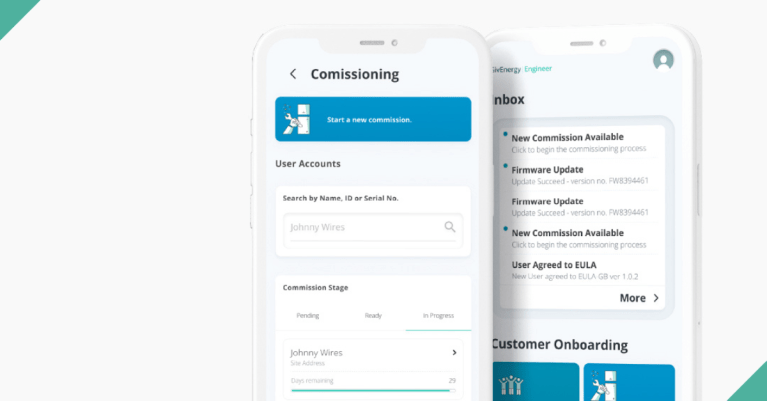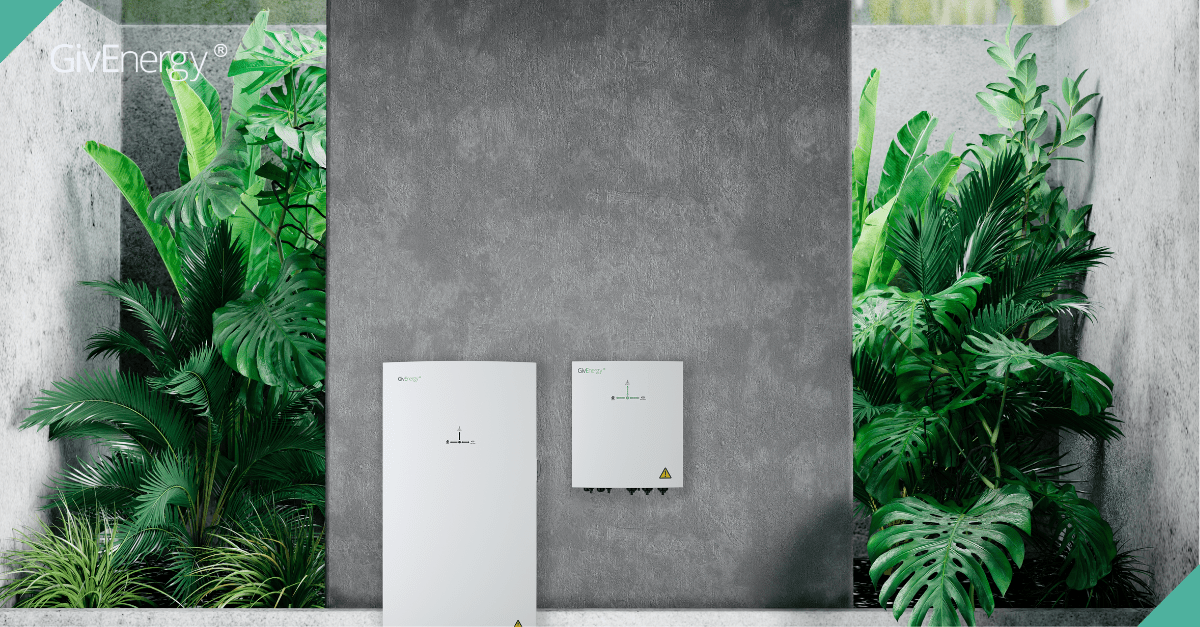What you will read in this article:
- Why battery storage is important
- The top ten benefits of battery storage, including saving on energy bills, controlling your energy usage and more
We all understand the importance of renewable energy.
However, not as many of us understand the importance of battery storage, aka battery energy storage systems (BESS).
Without battery storage, a lot of energy generated by renewables can go to waste. Between October 2022 and January 2023, the UK wasted enough wind energy to power 1.2 million homes.
Imagine investing in a solar power system for your home or business, only to see the power you generate wasted because you don’t have a BESS.
As well as playing a crucial role in the drive toward net-zero, battery storage also has benefits for you, the consumer. Some estimates suggest you could save up to 85% on your electricity bills.
Want to find out more benefits of battery storage? Read on.
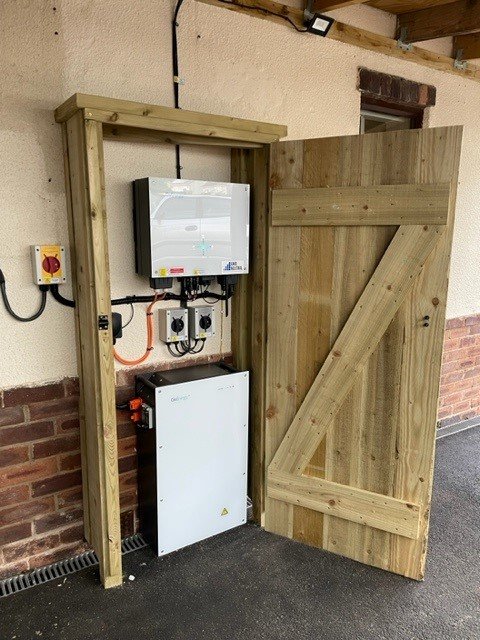
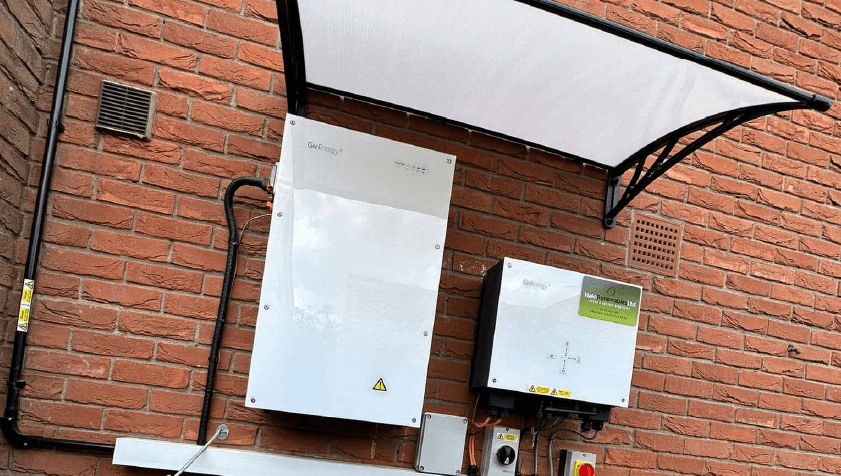
Top 10 benefits of battery storage
1. Save on your bills
Real-world data from GivEnergy’s own energy monitoring software suggests that billpayers could save up to 85% with a BESS.
With an estimated 3.53 million households in fuel poverty in England in 2023, battery storage can play a huge role in alleviating the financial burden of fuel bills.
Read on to find out how.
2. Store the renewable energy you generate
You’ve installed solar panels for your home or business. Perhaps, you’ve even gone the whole hog and setup a wind turbine and a hydro-electric generator.

Without battery storage, you’ll likely end up wasting a lot of the energy generated.
Think of it like this. You’re generating energy when the sun is shining and the wind is blowing. However, you’re not necessarily using a lot of energy at the same time as you’re generating. Instead, most of your energy usage is during peak hours, such as late afternoon and early evening, when prices are higher.
That’s where battery storage comes in. After storing energy generated from renewables, you can then use this energy during more expensive peak hours. This means you draw less from the grid and ultimately save money.
But as you’re about to find out, you don’t need to generate your own renewable energy to save on your bills.
3. Beyond renewables – combining battery storage with smart tariffs
We recognise that installing new solar panels or erecting a wind turbine is not within everyone’s means. But don’t worry. You can still save on your bills by combining battery storage with smart tariffs.
Smart tariffs – also known as time of use tariffs – offer consumers different energy prices at different times of the day. So, you get cheaper energy during off-peak hours, such as 10pm-8am, and more expensive energy during peak hours.
Realistically, most of us can’t be expected to shift electricity use to different hours of the day.
With battery storage, you can charge from the grid during cheaper off-peak hours and use that energy during more expensive peak hours, thus saving on your bills.
4. Take control of your energy usage
A battery energy storage system wouldn’t be complete without a smart monitoring system.
Advanced home energy monitoring can help you monitor:
- Your overall energy usage
- How much energy is being drawn from the grid
- How much is being drawn from renewable sources
Take a GivEnergy BESS as an example. You can monitor energy usage from your smartphone through the GivEnergy app. For a more comprehensive overview, you can log into the GivEnergy portal.

In short, you’re in control.
5. Reduce your carbon footprint
Battery energy storage systems have a key role to play in the drive toward net-zero.
According to one study, solar panels and a battery storage system installed in a UK household could reduce CO2 emissions by around 14 tons over the system’s lifespan. To put that in context, the average UK household produces around 8.1 tons of CO2 emissions per year.

While the UK government’s Future Homes Standard recognises the role of energy efficient homes in achieving net-zero, the initiative disappointingly fails to consider battery storage. Hopefully policymakers will have a change of heart in future.
6. Reduce demand on grid infrastructure
Grids are under strain worldwide.
While the shift towards renewables is commendable, a lot of that progress could be for nothing if grid infrastructure doesn’t keep pace. According to some estimates, as much as 80 million kilometres of grids need to be replaced by 2040.
That isn’t going to happen overnight. But there is something that can be done in the meantime.
Enter battery storage.
By charging during off-peak hours, and discharging during on-peak hours, your battery energy storage system is playing its part in lightening the load on the grid.
7. Make money selling back to the grid
At the beginning of 2020, the UK government introduced the Smart Export Guarantee (SEG).
What does the SEG mean for consumers? Any excess renewable energy you generate can be sold back to the grid and you pocket the cash.
Better still, GivEnergy has its own similar scheme which works even without renewables. All you need is a battery.
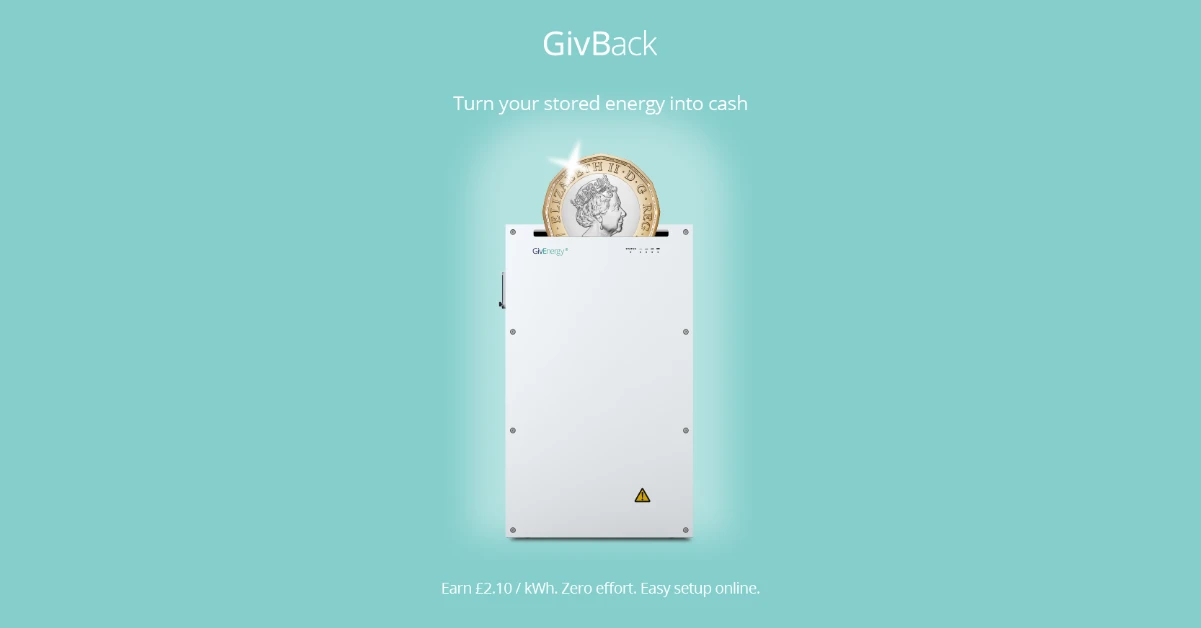
Known as GivBack, the scheme operates in partnership with Axle Energy. Any excess energy stored in your battery energy storage system can be sold back to the grid during times of high demand.
Prices vary. You could make up to £2.10 per kWh.
8. Have a backup power supply just in case
While power outages may not be at the forefront of everyone’s minds, dealing with blackouts has become commonplace in parts of the world.
That’s why many are turning to battery energy storage systems as a backup power supply.
Since 2008, South Africa has experienced “intermittent power cuts” which worsened in 2023. As a result, banks have started offering financing options for individuals and businesses to install solar power systems coupled with battery storage.
In California and Texas, outages have become increasingly common due to extreme heat, drought and wildfires. US energy regulators have warned that the problem could get worse.
As a result, more Americans are turning to… you guessed it… solar power coupled with a battery energy storage system.
Better to be safe than sorry.
9. Customise the size of your battery storage
As you probably already figured, there is no one-size-fits-all battery storage solution. Your energy needs will differ depending on what kind of electrical devices you’re using, the size of your home or business, etc.
Fortunately, there are plenty of options tailored to your needs.
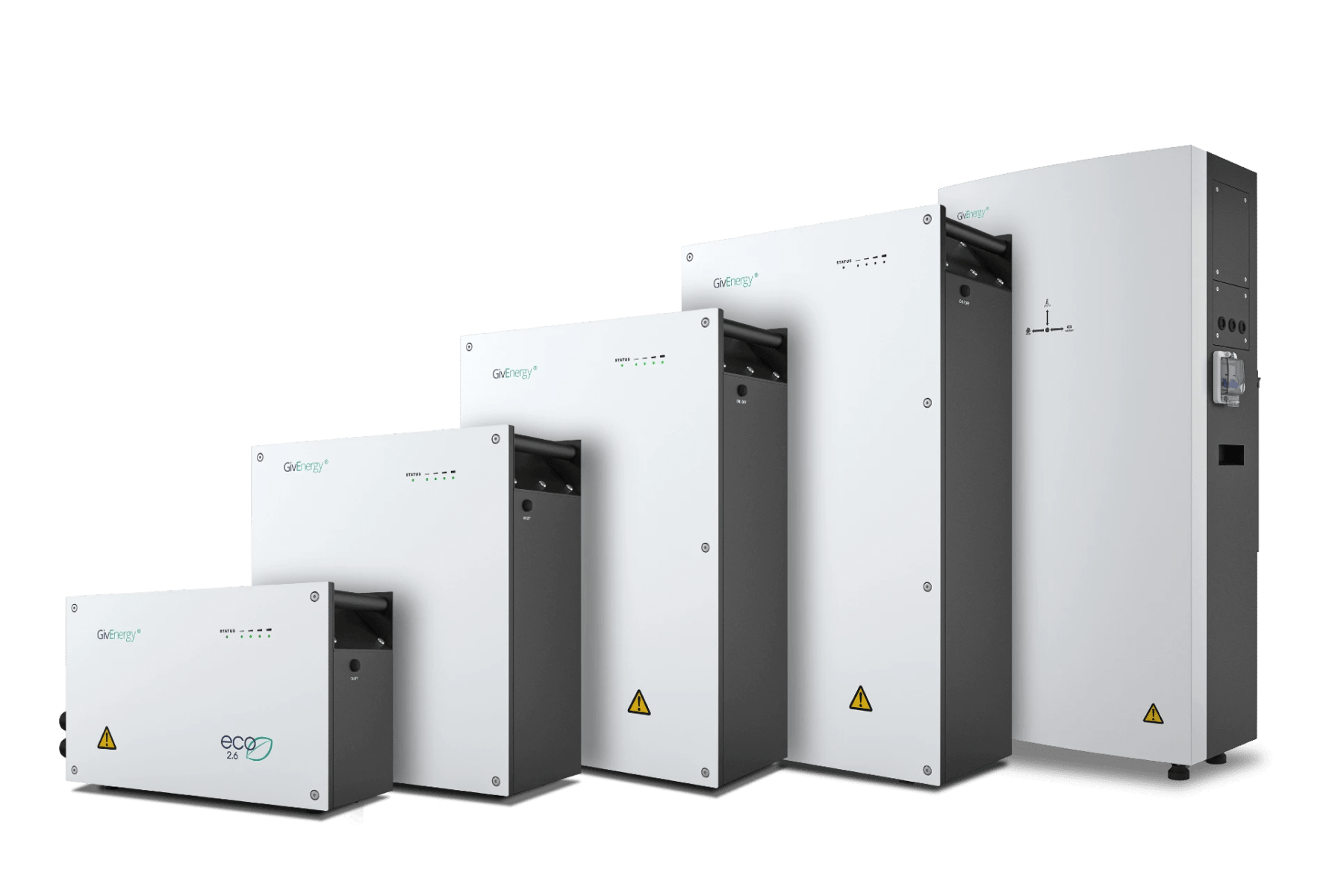

Take GivEnergy’s product range as an example. For domestic battery storage, you can choose from the Giv-Bat 2.6 (2.6kWh) all the way up to the All in One (13.5kWh).
If you’re looking for larger-scale battery storage for an SME, you have a range of options all the way up to a battery storage container (up to 2800kWh capacity).
Everyone’s energy needs are different. Make sure to do your research before deciding which battery storage system is for you.
10. Add features to your battery energy storage system
As your energy needs change, you may want to add on a few extras to your battery storage system.
Bought yourself a nice new EV? You may want to consider… you guessed it… an EV charging point.
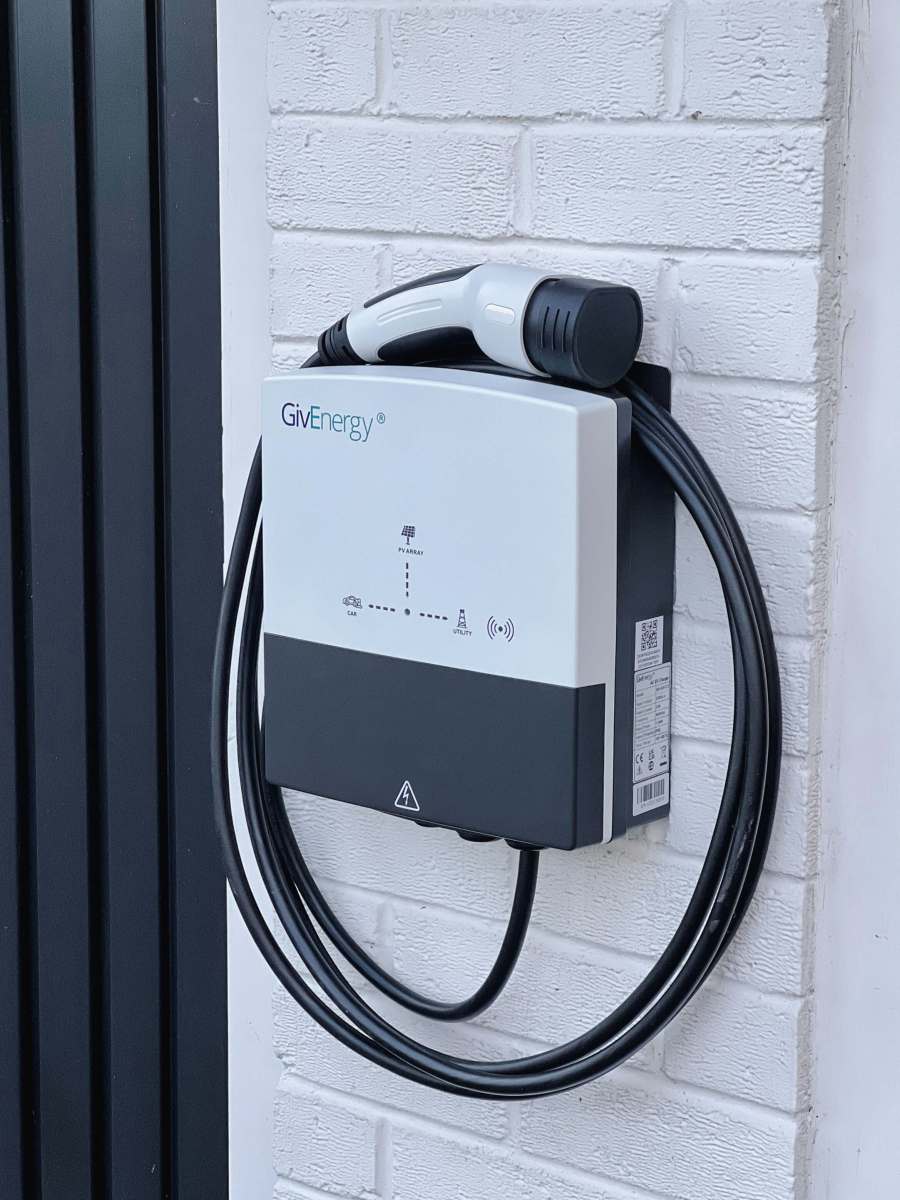
Take GivEnergy’s EV charger as an example.
Your charger will be integrated into your battery energy storage system. That means you can control whether you draw power from the grid or from your battery.
Let’s be honest, your energy needs likely will change over time. Fortunately, you have the flexibility to add on extras and even retrofit new renewable technologies.
Battery storage: benefits for you, me and just about everyone else
As you can see, the benefits of battery storage stretch far and wide.
From making money selling back to the grid, to saving cash during peak hours.
From reducing demand on grid infrastructure, to supplying backup power during blackouts.
And from getting smarter about your energy usage, to empowering your energy freedom.
While there’s still work to do on raising awareness of the benefits of battery storage, there are signs that people are increasingly taking note.
Between 2019 and 2021, the number of UK solar PV systems coupled with battery storage went from 6% to 45%.
And with the government’s scrapping of VAT on the installation of energy storage batteries, there are signs those at the top are taking notice too.
Want to unlock the benefits for yourself? Find a GivEnergy installer near you.


